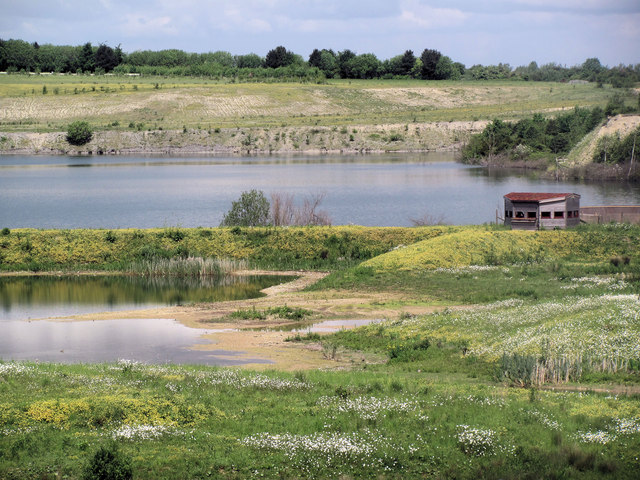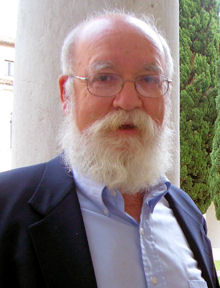 |
What does the cigar look like?
Someone has obviously just
"Fixed It" for Jimmy Savile |
Almost everyone in the UK knew about
Jimmy Savile - he was a disc jockey who became a TV star with mass audience programmes such as
Top of the Pops and
Jim'll Fix It, which arranged to make the wishes of children and some adults come true. He did a significant amount of charity work and is estimated to have raised £40 million, particularly for
Stoke Mandeville Hospital. He did voluntary work in
Broadmoor mental institution for 40 years, where he had special access privileges, and as a porter at
Leeds General Infirmary. There were links with the
Haut de la Garenne childrens home in Jersey, and charities for the disabled. Now that he has died it is becoming apparent the Jimmy was a predatory sex offender who was very good at fixing it for Jimmy - obtaining access to a wide range of vulnerable people and abusing them. At the time of writing this the police are following 340 possible lines of inquiry and this has so far led to the identification of 40 under-aged or vulnerable victims - and it is likely the numbers will increase.
 |
| Simon Singh |
While new revelations were in the news every day I got an email from
Simon Singh with a link to the
House of Lord debate on the Defamation Bill - which is concerned with the threat of the libel laws to science, consumers and citizen. Simon is a scientist writer who wrote an
article in The Guardian critical of certain medical practices and was sued by the British Chiropractic Association. He is now threatened with
another action for making scientifically valid statements which criticize a fringe medical magazine. The problem relates to the weaknesses in the UK libel law which makes it easy for powerful organisations and individuals almost anywhere in the world to threaten cripplingly expensive legal action to crush genuine criticism into submission. Simon's email reportst that 60 international non-government organisations recently
pointed out the severe limitations of the proposed bill:
English libel law has been shown to have a chilling effect on free speech
around the world. We believe that the Defamation Bill will address this in part
by tackling libel tourism, where foreign claimants have brought libel actions to
the English courts against defendants who are neither British nor resident in
this country. However, the Bill as it stands would not have prevented any of the
libel cases that we have seen over the last few years against journalists,
scientists, doctors and activists who have spoken out on issues that are in the
public interest.
What do these two cases share in common with what happened to my own research project? The answer is the ability of the bully with power to take advantage of the vulnerable, while others look on and don't want to get involved.
As one of the patients assaulted by Jimmy Savile at Broadmoor has said - "Whats the point in complaining, I was mentally ill so if I complained about Jimmy, he was viewed in such high esteem that everyone would assume I was lying." Years ago a 15 year old girl who had been a dancer on Top of the Pops committed suicide and left a diary describing how she had been "used" by celebrities (including Jimmy Savile) in the dressing rooms - and her account was dismissed as teenage imagination without being followed up. Within the BBC, the hospitals, and other institutions most people with little more than suspicions considered it diplomatic not to get involved because of Jimmy's status, and those who tried to whistle-blow seem to have been met with disbelief - "It couldn't be our Jimmy - and we don't want to upset him because he does so much good work".
What Simon Singh's experience has shown is that powerful organisations involved in fringe medical practices of dubious efficacy can use the current British legal system to try and silence informed whistle-blowers by threatening to bring the tremendously expensive legal cases, which would bankrupt the individuals concerned.
 |
| Me |
And what about my case? I was engaged in highly controversial research which was exploring
the limitations of stored program computers - and was trying to build a "White box system" which could always tell the user what it was doing in the user's terms - as opposed to the "black box system". Extensive details of the CODIL approach and its history are given elsewhere on this blog and will not be related here. The important thing is that in 1986 I produced a prototype software version (in part inspired by a
Jim'll Fix It programme) which ran on the BBC computer for use in schools and got
rave reviews from a wide range of publications. In 1987 a paper describing the research was accepted by the top professional journal for computer research and the future of the project should have been rosy. If successful the research could have made a very significant contribution to the personal computer industry and computres would be much more human friendly. (In fact it now looks as if the research could be relevant to brain research - but that is another story).
However the project (and my career) ended abruptly in 1988.
Why? Basically a bully with a lot of charisma and the ear of the Vice Chancellor became head of the university department where I was working. I was very vulnerable, having been bullied unmercifully as a schoolboy, and because my daughter
Lucy had recently committed suicide as a result of significant suffering imposed by a
bullying Criminal Justice system. A campaign of vicious bullying left me in a very week situation and I agreed to take early retirement - and having retired did not have the energy to continue the research on my own. Colleagues were either blinded by the charisma of the new head, or felt it safer to take a low profile. Friends in other departments did not want to interfere - until a few years later the bully was promoted to head of school and there were protests from those who had quietly watched from the sidelines, saying nothing, who suddenly found he was now above them. A union inquiry showed that a lot of people had been bullied by him and to avoid a scandal he was given a year to find a new job (and victims?) elsewhere.

The point of this is that there are plenty of bullies in all walks of life who target the vulnerable - as victims or as gullible customers. Most other people sit back and say "Its none of my business" and the victims suffer. The current culture is that in practice whistle-blowers who stand up for the disadvantages against the establishment are usually ignored or turned into victims - despite all the "politically correct" guidelines on the subject. The current libel laws, and the proposed new bill, seem designed to ensure that those with power can use the courts to brow-beat the pesky whistle-blowers into submission.












 The point of this is that there are plenty of bullies in all walks of life who target the vulnerable - as victims or as gullible customers. Most other people sit back and say "Its none of my business" and the victims suffer. The current culture is that in practice whistle-blowers who stand up for the disadvantages against the establishment are usually ignored or turned into victims - despite all the "politically correct" guidelines on the subject. The current libel laws, and the proposed new bill, seem designed to ensure that those with power can use the courts to brow-beat the pesky whistle-blowers into submission.
The point of this is that there are plenty of bullies in all walks of life who target the vulnerable - as victims or as gullible customers. Most other people sit back and say "Its none of my business" and the victims suffer. The current culture is that in practice whistle-blowers who stand up for the disadvantages against the establishment are usually ignored or turned into victims - despite all the "politically correct" guidelines on the subject. The current libel laws, and the proposed new bill, seem designed to ensure that those with power can use the courts to brow-beat the pesky whistle-blowers into submission.









